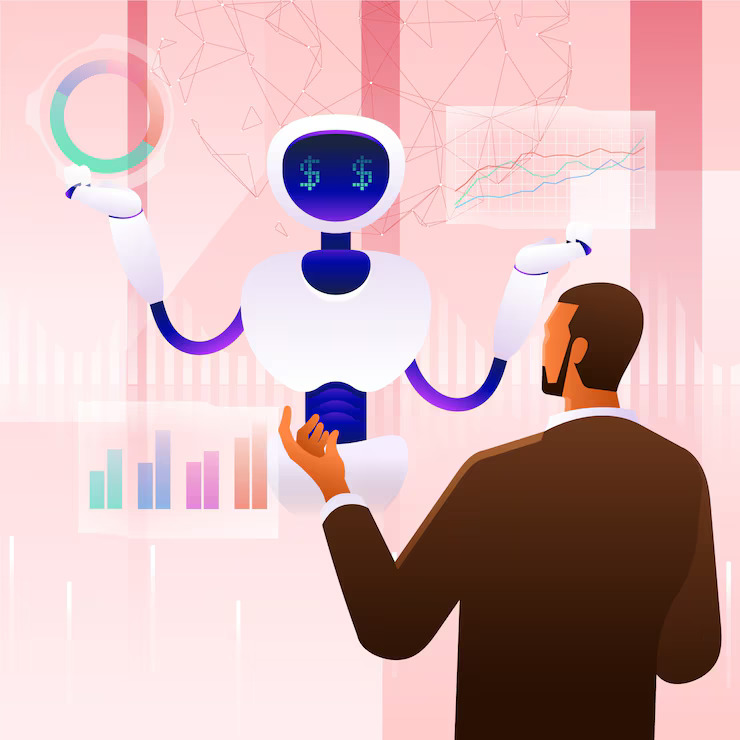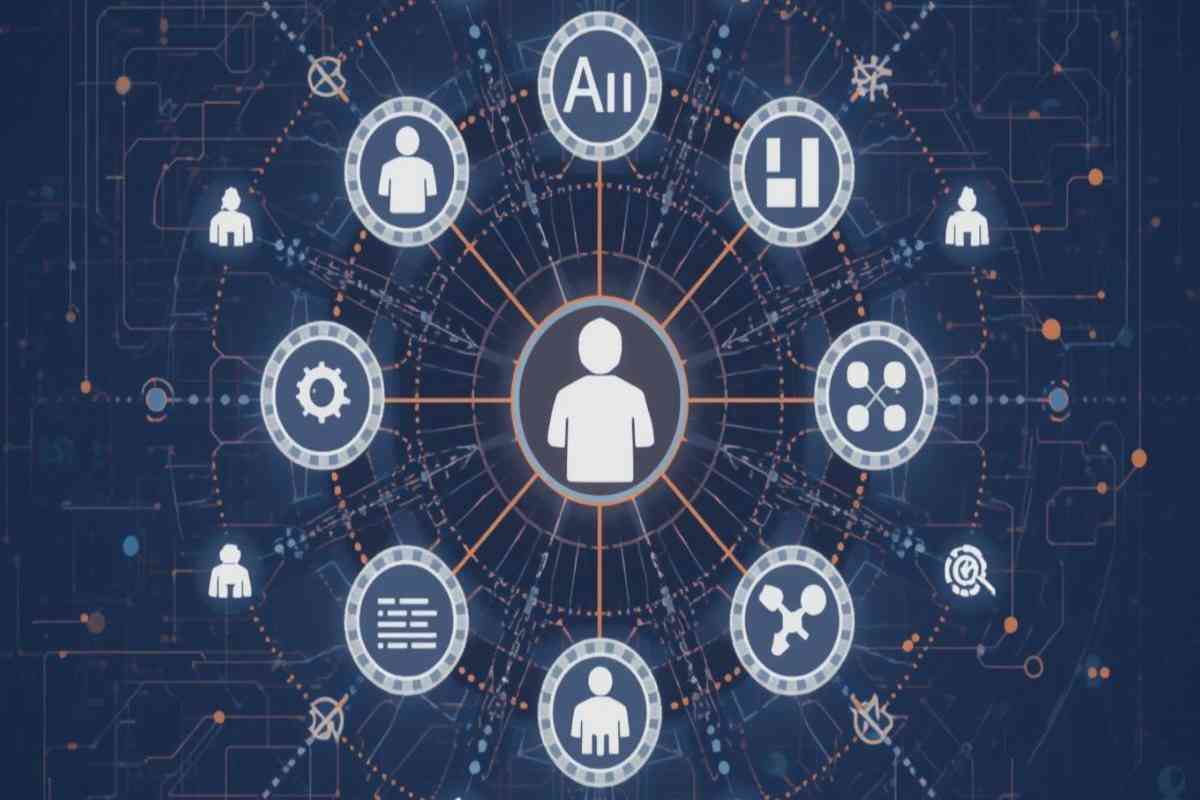
Generative AI models often face challenges when asked about facts not covered in their training data. Retrieval Augmented Generation (RAG) addresses this by enhancing an LLM’s available data through the addition of context from an external knowledge base. This allows for accurate answers about proprietary content, recent information, and even live conversations. With RAG, you can significantly improve the performance and accuracy of generative AI models.
What is Retrieval Augmented Generation (RAG)?
Retrieval Augmented Generation (RAG) is an architectural pattern in generative AI designed to enhance the accuracy and relevance of responses generated by Large Language Models (LLMs). By retrieving external data from a vector database at the time a prompt is issued, RAG helps prevent hallucinations—fabrications that LLMs might produce when they lack sufficient context or information.
Key Components of a RAG System
- LLM (Large Language Model): The core generative model.
- Vector Database: Stores and retrieves contextually relevant information.
- Indexing Pipeline: Processes and indexes data into the vector database.
- Retrieval Pipeline: Retrieves relevant data from the vector database in response to a query.
How RAG Works
RAG integrates an LLM with a continuously updated vector database, ensuring that the data retrieved is always current and contextually relevant. Here’s how it works:
- Input Prompt: A user inputs a query.
- Data Retrieval: The system retrieves relevant data from the vector database.
- Contextual Augmentation: The retrieved data is added as context to the LLM.
- Response Generation: The LLM generates a response based on the input prompt and the retrieved context.
Benefits of Retrieval Augmented Generation
- Access to Real-Time Information: Keeps responses current and accurate.
- Domain-Specific Context: Incorporates proprietary and non-public data.
- Cost-Effectiveness: Reduces reliance on resource-intensive methods like pre-training or fine-tuning.
- Reduced Hallucinations: Mitigates the risk of generating inaccurate or false information.
Building a Retrieval Augmented Generation System
Creating a RAG Knowledge Base
- Data Collection: Gather relevant data from various sources.
- Indexing: Process and index the data into a vector database.
The Indexing and Generation Pipeline
- Indexing Pipeline: Processes raw data and converts it into embeddings.
- Generation Pipeline: Retrieves data from the vector database and integrates it into the LLM’s response generation process.
Evaluating a RAG System
- Accuracy: Measure the correctness of responses.
- Relevance: Ensure that the retrieved data is contextually appropriate.
- Latency: Monitor the time taken to retrieve data and generate responses.
Advanced Retrieval Augmented Generation Strategies
- Semantic Search: Enhances the relevance of retrieved data.
- Real-Time Updates: Continuously update the vector database with the latest information.
- Post-Processing: Verify generated responses to minimize inaccuracies.
Retrieval Augmented Generation Tools, Technologies, and Frameworks
- Vector Databases: Pinecone, Milvus
- Data Processing: Apache Kafka
- LLMs: GPT-3, GPT-4
Use Cases of RAG
Chatbots
- Enhanced Precision: RAG-enabled chatbots can provide more accurate and contextually relevant responses by incorporating real-time data.
- Industry-Specific Knowledge: Tailors responses to specific industries, improving customer satisfaction.
Real-Time Applications
- Up-to-Date Information: RAG systems can provide the most current information, such as flight details or stock levels.
- Customer Support: Improve the efficiency and accuracy of customer service by providing agents with the latest information.
Advantages of RAG Over Pre-Trained or Fine-Tuned LLMs
- Pre-Training: Involves training an LLM from scratch, which requires significant resources.
- Fine-Tuning: Adapts pre-trained models to new tasks but can be resource-intensive and may cause forgetting.
- RAG: Augments LLMs with domain-specific data from external sources, reducing the need for retraining and minimizing inaccuracies.
Comparison Table Retrieval Augmented Generation
| Feature | Pre-Trained LLMs | Fine-Tuned LLMs | RAG |
|---|---|---|---|
| Training Cost | High | Moderate | Low |
| Real-Time Updates | No | Limited | Yes |
| Domain-Specific | Limited | Moderate | High |
| Risk of Hallucinations | High | Moderate | Low |
Conclusion
Retrieval Augmented Generation (RAG) is a powerful and efficient way to enhance the accuracy and relevance of responses generated by LLMs. By integrating real-time data and domain-specific knowledge, RAG addresses the limitations of traditional LLMs, making it an essential tool for businesses seeking to improve their generative AI applications.
For a more in-depth understanding and practical implementation tips, refer to A Simple Guide to Retrieval Augmented Generation. This guide covers everything from building a RAG knowledge base to advanced strategies and tools, making RAG accessible and easy to implement.
WATCH VIDEO
OVERVIEW
BENEFITS Retrieval Augmented Generation
USE CASES Retrieval Augmented Generation


